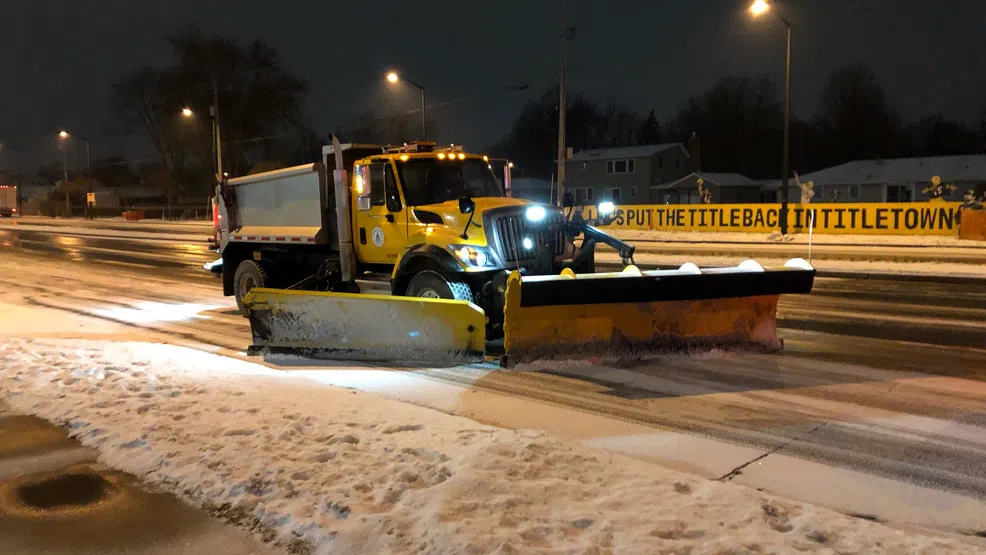GREEN BAY, WI (WTAQ) – The Wisconsin Department of Transportation is changing how it formulates winter road conditions reports.
The DOT has updated 511wi.gov to expand and improve those reports.
“We had state patrol troopers on the highways and they would observe the conditions at a point on the road, and then they would report what the road conditions were there,” said DOT Traffic Engineer, Randy Hoyt. “That system covered about 3,700 miles of highways in Wisconsin, and state patrol updated those observations about 4 times a day…You can imagine with their work in law enforcement, sometimes they’ll have more pressing issues, and they weren’t able to update the weather conditions promptly.”
The new way of reporting conditions now covers about 14,000 miles of roads throughout the state. The major distinction, Hoyt says, is that these are calculated road conditions, rather than what is observed.
“The system that we get the data from has been used by the state for years, and it’s been previously used by counties to determine how they’re going to treat the roads during winter weather events,” Hoyt told WTAQ News.
The 511 update ties in the Maintenance Decision Support System (MDSS) technology the department and county highway departments use to make informed decisions on plowing and salting.
“Counties have been using it to determine where to plow and how much salt to put down,” Hoyt said. “This new system updates every 30 minutes at a minimum, instead of 4 times per day. We feel it’s a great benefit to the citizens of Wisconsin having almost 10,000 more miles of coverage and conditions that are updated more frequently…[it includes] many more miles of roadway and provide conditions on roads that previously weren’t part of our system. We think that it should allow drivers to make good driving decisions and improve safety.”
MDSS generates automated models based on conditions measured at multiple areas throughout the state. The data sources are available around the clock and include:
- Atmospheric and road weather sensors along the roadway and at airports. This includes calculating road temperatures, whether plow blades are down, and how much salt is being used.
- Information from snowplows enabled with Geographic Information Systems (GIS)
- Information from the National Weather Service.
“Comparing it to how state patrol had reported it, it seems to be very accurate in determining what the road condition is,” Hoyt said. “Know before you go is one of our taglines. During the winter, it’s excellent for citizens who are making a drive to take a look at 511 Wisconsin or download the 511 app…So if you’re taking a trip across the state, we recommend taking a look at what the road conditions are on your route of travel, and perhaps check periodically to make sure they haven’t changed.”
Know before you go. How to use the system:
- Visit 511wi.gov online, or download the 511wi smartphone app
- In the map legend, make sure “winter road conditions” is checked
- Look for the colors outlining the roadways near you
- Conditions include good winter driving, slippery stretches, snow covered, ice covered, and travel not advised.
Drivers are encouraged to always expect the unexpected from a Wisconsin winter.
- Buckle up, phone down. Every trip, every time.
- In an active storm, refrain from travel whenever possible for your own safety and also to provide plow drivers room to safely work.
- In the event of a crash, remember if you can “steer it, clear it.” Many drivers think they should not move their car if they are involved in a fender bender or crash. If (and only if) your car is drivable and there are no injuries, you should move your car to the shoulder or nearby safe place off of the road before calling 911.
- It’s the law to stay at least 200 feet behind a snowplow engaged in snow and ice removal.


